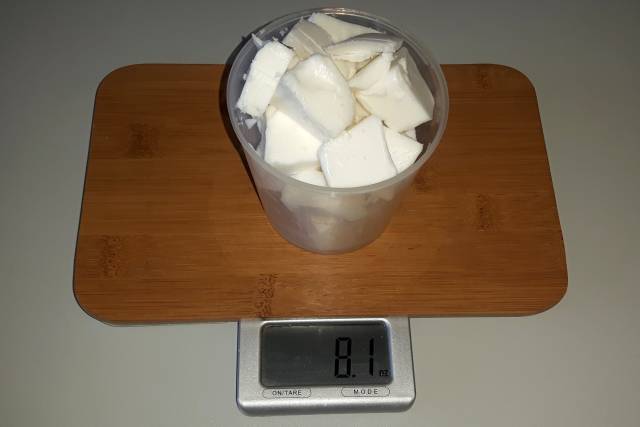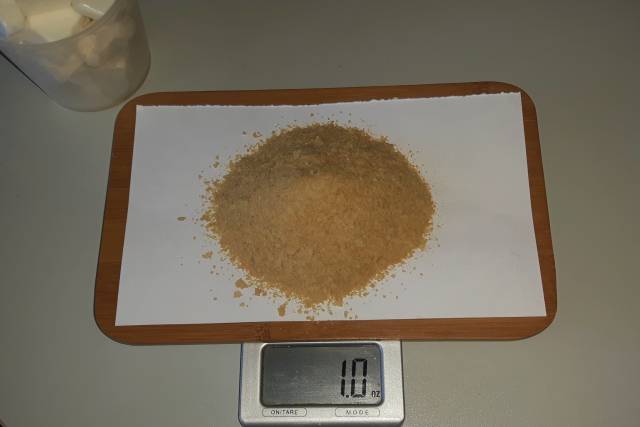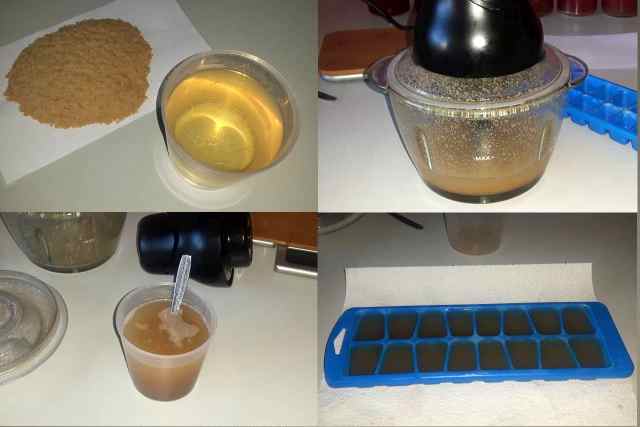This post contains affiliate links. If you click on a link and make a purchase I earn a commission at no extra cost for you.
To protect dogs from ticks, it’s best to treat the pets preventively against ticks. This is all the more important during tick season when the little parasites are particularly active. There is a whole range of highly effective synthetic chemical anti-tick products that are approved for dogs. If you want to avoid chemical repellents how about homemade tick repellent for dogs
Why Homemade Tick Repellent For Dogs
Synthetic repellents are conveniently available as spot-on applications (drops regularly applied onto the dog’s fur/skin), as collars that release the active ingredients slowly, or even in the form of tablets that are orally taken.
These products contain synthetic insecticides, which are highly effective and in keeping ticks, fleas, and other ectoparasites away. However, these are toxic compounds that may have unwanted side effects that could be harmful to your pet as well as the environment.
If you have decided against the use of synthetic chemicals for tick control, then only natural products remain as an alternative. Natural tick control is available as food supplements or as external applications that are based on the repellent effect of essential oils extracted from plants. Or you can make your own.
Homemade tick repellent for dogs is more environmentally friendly and has hardly any side effects. The effectiveness of natural repellents can vary widely but is unfortunately not nearly as reliable and effective as in synthetic products. But to save your dog the possible side effects and to protect the environment, they are definitely worth a try.
Here is a simple recipe for a homemade tick repellent for dogs that is free of toxic compounds.
Recipe for homemade tick repellent for dogs
What you need:
- Coconut oil
- Brewer’s yeast
- Maybe a bit of beef tallow


How much does my dog need to be protected?
The correct dosage of coconut oil and brewer’s yeast depends on the size of the dog.
Of the coconut oil, a dosage of about 1 tablespoon (approx 13 gram/0.46 oz)per day per 20 pounds of body weight is recommended.
From the brewers’ yeast powder, 1 teaspoon (approx 2 gram/0.07 oz) per 20 pounds of body weight per day is a good and safe dosage.
Multiply the dosages given above by your dog’s body weight. Then measure the size of the molds of your ice cube tray, just try how many tablespoons it takes to fill one.
You can then multiply the number of molds in your tray by the number of tablespoons it needs to fill one. Then you know how much coconut oil and brewer’s yeast you have to use for making one tray.
You could use a tray with smaller molds or halve the cubes if you want to give the dog the illusion that he gets more treats per day. Alternatively, there are also other treats.
I have calculated the amount so that it fits perfectly for our mongrel Cheeky who weighs about 45 pounds. He gets two treats a day.
My tray has 18 molds, to fill one it needs one tablespoon full
I use 8 ounces of coconut oil /18 = .44 Oz
and 18 heaped teaspoons (1 Oz) of brewers yeast /18 = .055 Oz
How To Make Homemade Tick Repellent For Dogs
Making the anti-tick treats yourself at home is super easy. All you need is some good coconut oil, brewer’s yeast powder, and maybe a tiny bit of beef tallow. You can do it without the beef tallow, you just have to test whether your dog accepts the tasty treats without it.
You also need a silicone ice cube tray, a blender, and a microwave oven where you can warm the fat so that you can pour it into the tray.
Warm the coconut oil and (optionally with beef tallow) until it is melted so that it flows nicely. Fill it into the blender together with the brewer’s yeast and blend it properly. Mix until you have a homogeneous mixture.
Then you simply pour the mixture carefully into the ice cube tray. Put into the fridge.

After 2-3 hours the treats are solid and can be removed from the silicone tray. You can see that the brewer’s yeast has settled on the bottom, giving the treats an interesting look. Best put them in a Tupperware container and store them in a cool, dry place. In summer maybe in the fridge so that the treats don’t melt and stick to each other.
Why is Coconut oil good for dogs?
Coconut oil is a natural food and has been consumed by humans for thousands of years. We use it daily in the kitchen for cooking, baking, and deep-frying or in soaps, cosmetics, and many other products. Coconut oil has numerous good properties. Make sure that you buy high-quality coconut oil that has a certified organic seal.
Coconut oil is made from “copra” – the white pulp of the nuts. The oil is a mixture of a large number of saturated fatty acids. Three of these fatty acids have properties that repel insects.
- Lauric acid
- Caprylic acid
- Capric acid
The most effective component is Lauric acid, which, at around 50%, is the largest part of coconut oil. The palm tree produces lauric acid to ward off parasites. Ticks and fleas do not like the smell at all and will hopefully avoid your dog.
Caprylic acid also wards of nibbling insects. It works as a natural insecticide that destroys the chitinous exoskeleton of insects. It is contained in coconut oil in small quantities (5 to 9%).
Capric acid is another effective fatty acid that makes up around 10% of coconut oil. Capric acid has antibacterial, antiviral, and antifungal properties, so coconut oil can prevent worm infestation and other intestinal parasites and prevent new infestations
You can rub the coconut oil directly on the dog’s fur or you can give it in the form of treats, so the animal benefits from the many good properties of this natural product.
What Does Brewers East Do?
Brewer’s yeast is a waste product that is leftover from beer production; it does not contain alcohol.
But it is rich in many different amino acids, minerals, and trace elements and above all, it contains many B vitamins (B1, B2, B5, B6, B12)
The B vitamins are essential for many vital functions in the body. Among other things, they ensure healthy skin and hair, are important for the fat and sebum metabolism, as well as the skin’s regeneration processes. These vitamin B metabolizations under the skin supposedly thereby changing the smell of the skin. Not noticeable to humans, but for insects and ticks, this change in smell disrupts the olfactory senses and makes it more difficult to find hosts.
The B vitamins have long been known to have an effect on ticks, mites, fleas, and even mosquitos.
What about the Beef Tallow?
The beef fat is for taste only. Not every dog can be convinced by coconut oil and brewer’s yeast. But with a slight smell of beef tallow that a spoon full of it will add, the mixture will be irresistible for dogs.
How Effective Is Homemade Flea And Tick Repellent For Dogs
Coconut oil combined with brewer’s yeast makes it an easy-to-use alternative to synthetic tick repellants. In terms of effectiveness, however, they are NOT as effective a synthetic chemicals.
You have to consider how high the risk of ticks is in the area in which you live and how high the occurrence of diseases that are transmitted by ticks is. If your dog has a tick despite tick protection then remove the tick right away. You should discuss with your veterinarian whether homemade flea and tick repellent is sufficient. Under certain circumstances, undesirable side effects that some synthetic tick repellents bring with them are better to be dealt with, than the resulting long-term damage from dangerous diseases that can be transmitted by ticks.
So whether this homemade tick repellent for dogs is effective has to be tried out, after all, dogs are very different, some are more susceptible, others are less susceptible to ticks.



